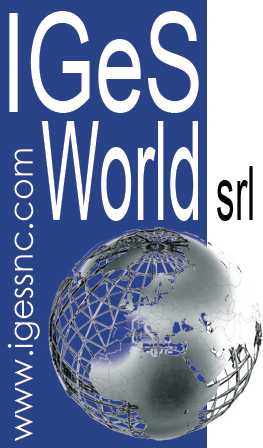IGeS World visits the Erasmus Joint Master Programme in Architecture, Landscape and Archaeology (ALA) – Sapienza University – Roma 1.
Last Nov 12th, Eng. Valter Maria Santoro, IGeS World CEO, was invited to the Erasmus Joint Master Programme in Architecture, Landscape and Archaeology (ALA). He participated in the workshop “The restoration of the so-called Tempio di Minerva Medica” invited by professor Arch. Marina Magnani.
ALA is a postgraduate international and interdisciplinary 2-yrs (120ECT) Erasmus Joint Master Programme in Architecture, Landscape and Archaeology, developed by a consortium of 4 institutions (University of Rome Sapienza, University of Coimbra, National Technical University of Athens, University of Naples Federico II) and associated partners (other universities, governmental and international agencies, museums and archaeological sites, architectural professional offices). In this sense, the partner countries, Italy, Greece, Portugal, represent academic and professional excellence in the fields of architecture, landscape and archaeology at European and global level.
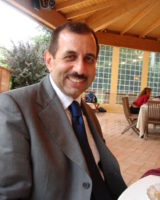
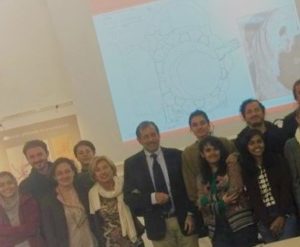
“… the participants – Greece, Egypt, Iran, Chile, Colombia, Bangladesh, etc, and of course Italy, are all boasting of rich Cultural Heritage and, unfortunately, strong earthquake records. This issue offered the chance to compare different philosophies and techniques of restoration of Monuments and Historical Buildings.”
In this workshop, which belongs to the second module of the program named Archaeological Excavation and on field Methodologies, Valter Maria presented the Restoration Project and Safety Measures designed and co-supervised by IGeS World from 2012 to 2016. He imparted with the students the four years-experience and works followed by the company and team.
Along the presentation Valter Maria explained and explored with the students, topics like preliminary studies, surveys, data analysis and restoration work. About this experience he told us: “The audience immediately looked like very interested and motivated, sparkling with questions and comments about the restoration approach, and strongly pushed to enter into the discussion. The Countries of origin of the participants – Greece, Egypt, Iran, Chile, Colombia, Bangladesh, etc, and of course Italy -, are all boasting of rich Cultural Heritage and, unfortunately, strong earthquake records. This issue offered the chance to compare different philosophies and techniques of restoration of Monuments and Historical Buildings”.
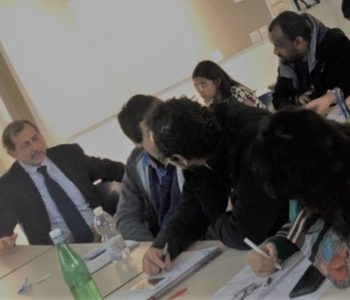
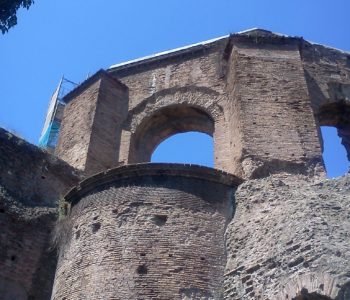
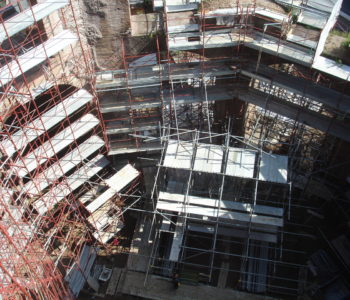
This participation was a few days afterward the presentation of the Book MINERVA MEDICA – Researches, investigations, restoration, in which Valter Maria supported by IGeS World was a co-author. Valter Maria and the IGeS World team were in charge of the chapter “Restoration and structural safety measures“.
In this regard Valter Maria shared with us: “The book poured down into their dense pages an exciting experience of interconnected working among Architects, Conservators, Archive Researchers, Archaeologists, Geologists, different specialist Engineers. This job sorted out in an advantageous result for the reconstruction of the life of one of the less studied monuments of the Roman Heritage.”
“The book poured down into … experience of interconnected working among Architects, Conservators, Archive Researchers, Archaeologists, Geologists, different specialist Engineers.”
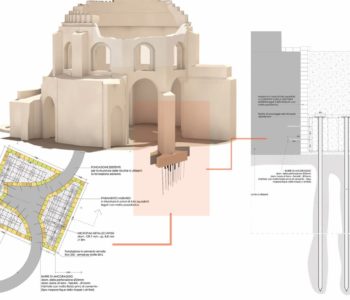
“A big dome that offered cues and suggestions to the most celebrated Architects of Italian Renaissance to experiment new solution to renew this type of structure that had been disregarded after the fall of the Roman Empire.”
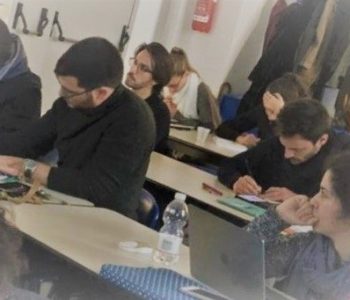
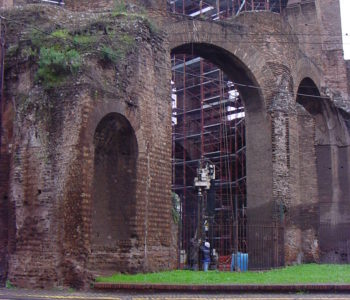
He went deep by expressing that the so called Tempio di Minerva Medica was “…one of the most mysterious buildings of the Roman Classic Era”. Immediately, a cogitation came to his mind and voiced: “What was it? A Thermal plant, a Temple, or a Representative Building and Audit Hall? May be the latter.“
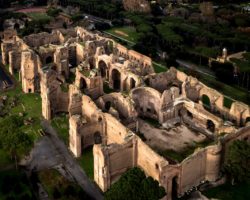
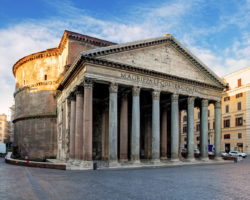
Certainly, the monument was one of the third major domes at its time, after the Pantheon and the Calidarium of the Caracalla’s Baths, and it offered a suggestions to the subsequent architects, as Valter Maria uttered “Surely, the third major dome at its time, after the Pantheon – from Marcus Agrippa, Emperor Augustus’ grand General – and the Calidarium of the Caracalla’s Baths. A big dome that offered cues and suggestions to the most celebrated Architects of Italian Renaissance to experiment new solution to renew this type of structure that had been disregarded after the fall of the Roman Empire.”.
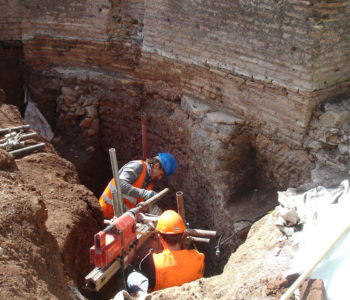
As Valter Maria explained us, “the boldness of the structure, the advanced solutions used to build the cloves of the vaults, the uneven characteristics of the foundation soils caused severe damages, that lead to the loss of the most of the dome”. He added to this explanation that “the deep and extended archaeological excavations unveiled exciting secrets of the old Roman life. Relics of panther’s bones showing that the site hosted some actors, maybe, of gladiators game in circus somewhere around“.
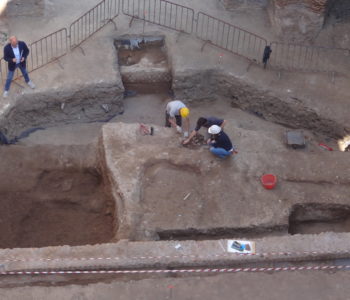
Valter Maria, has also referred to coin findings that “…enlightened commercial trade since the III century BC at the time of the I Punic War” and briefly narrated that the “traces founded on the collapse debris indicate that the destructive Great Fire of 64 AD under Nero’s Empire reached up the Minerva’s site, blown off by southern winds”.
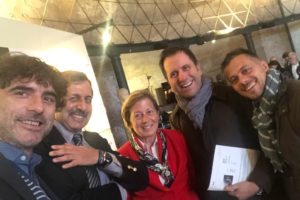
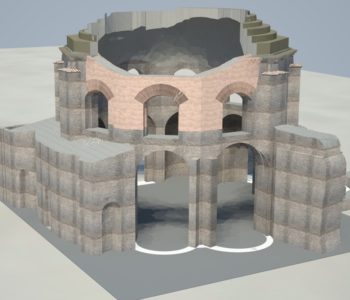
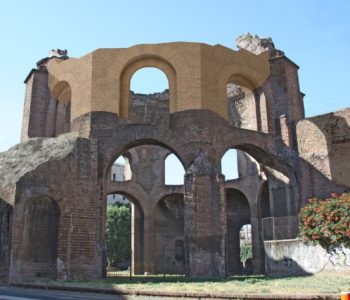
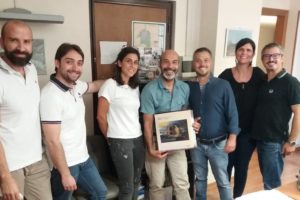
In conclusion, Valter Maria finished this interview leaving us this thought “we can say that based on the canonical parameters of theoretical architecture of Roman Empire founded by Marcus Vitruvius Pollio: firmitas (stability), utilitas (usefulness), and venustas (beauty); firmitas, was, unfortunately, not achieved, utilitas is unknown yet, but venustas, yes, it was surely performed!”.

